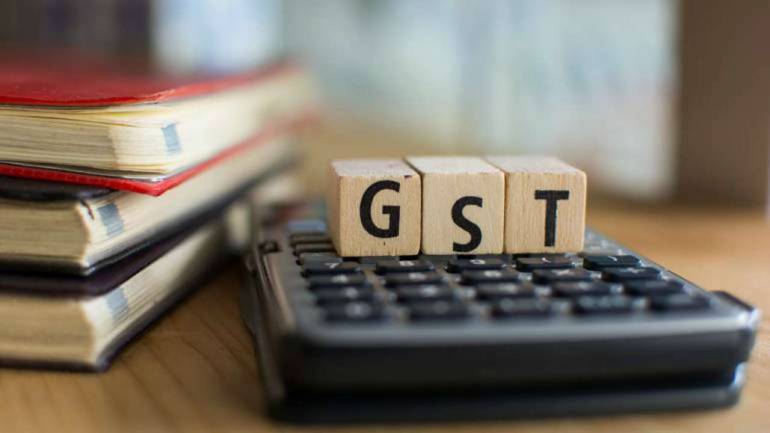Current move may be good politics, but it also shows up shoddy implementation
Ravi Krishnan
The goods and services tax (GST) structure has been tweaked yet again, seemingly with an eye towards the general elections. While the move may or may not yield political dividends, it shows up the short-comings of the tax structure.
The GST Council has raised the threshold revenue for entities to come under the tax net, it has increased the threshold revenue for availing the composition scheme which allows businesses to pay tax in a simpler format and allowed Kerala to levy a calamity cess for two years.
Politically, it makes sense. The complicated structure of the GST with its high compliance costs has considerably hurt small businesses. It was implemented at a time when they were just recovering from the blow of demonetisation. Helping small businesses and traders — who make a good portion of the voter base — would thus give a political boost to the Centre. It follows other steps to revive the MSME sector in the last few months such as 59-minute loans and improving the flow of bank credit.
The move is also unlikely to hurt revenues in the short-term. Entities with a turnover of less than Rs 1 crore contribute to only 5 percent of the tax collections. So, there won’t be a lot of revenue foregone from raising the exemption limits.
But the very fact that the GST Council has to repeatedly tinker with the rates and structure of the tax simply highlights shoddy implementation. The GST's complicated structure can be seen from just one statistic: In November, 29 percent of registered taxpayers failed to file a return.
The easy way out is doubling the threshold revenue. It will reduce the number of registered taxpayers by half, according to some estimates. So, in effect compliance burden is reduced. But the danger of repeatedly raising these thresholds is that it will undermine supply chains and shrink the tax base. It will keep small businesses outside the formal economy. Larger businesses won't be able to claim input credit if their suppliers aren't paying tax and will tend to switch to alternative vendors who are registered. This will be even more pronounced once the reverse charge mechanism (where the recipient of a good or service has to pay tax when buying from an unregistered supplier) kicks in.
But even in raising the threshold, there is the added complication of two limits. That undermines the move to a cleaner GST structure. If the government truly wants to help the small business sector, the focus of tweaking the GST should be on making it even more simple while reducing compliance costs. Last month, Finance Minister Arun Jaitley had said that GST could shift to a single standard rate. That’s a welcome step. Currently, multiple rates are causing confusion; the authority on advance ruling (AAR) in different states have only added to the chaos with contrasting judgments on rates to be levied on certain businesses.
The next step should be shutting down the anti-profiteering authority. In a free market companies should be allowed to determine their own pricing and any monopolistic tendencies would anyway come under the purview of the Competition Commission. The aim of GST should be to make taxes transparent and easy to pay. That will both benefit business and automatically bring down prices for consumers.











